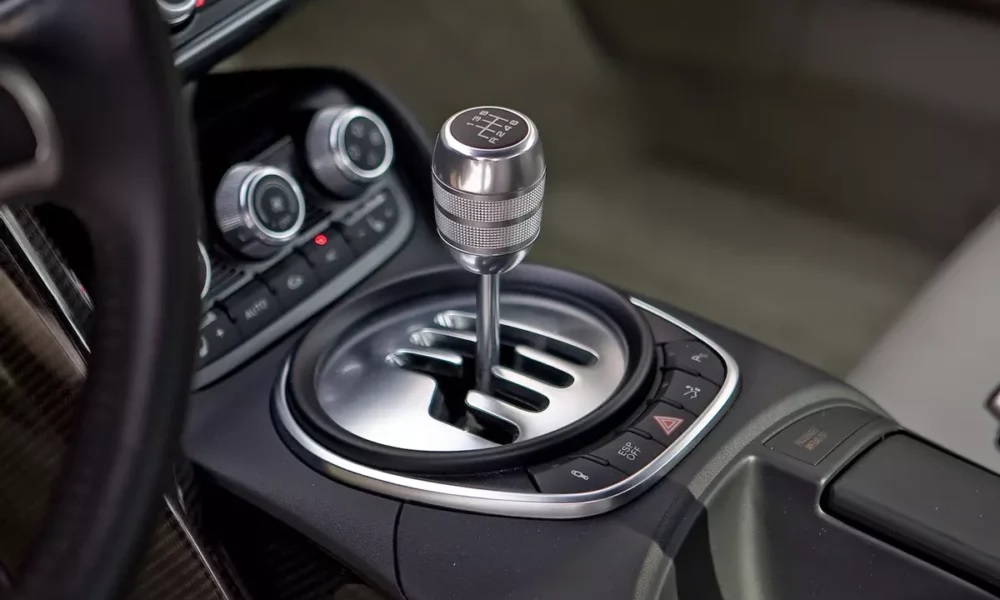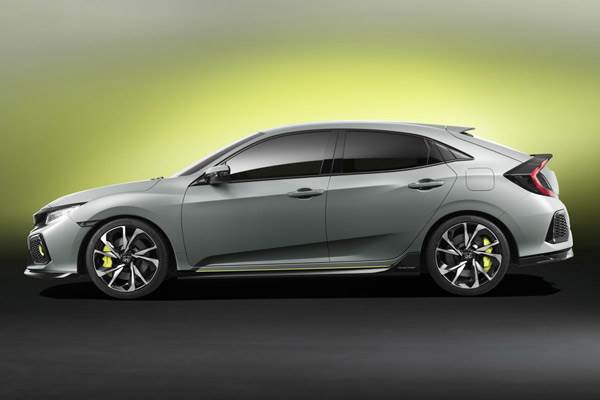When you choose a car, you probably think about size, price, and features. But have you ever thought about what your car’s color says about you? Believe it or not, the color you pick can say a lot about your personality. Here’s what some popular car colors might say about you.
Black
Black is a classic color. If you drive a black car, you may be someone who likes to look sharp and be in control. Black often shows power, confidence, and elegance. It’s a bold choice that never goes out of style.
White
White cars look clean and simple. People who drive white cars often like things neat and organized. This color shows honesty and a fresh, modern style. If you like white, you may enjoy a clean and tidy life.
Gray or Silver
These colors are calm and practical. Drivers of gray or silver cars usually don’t want to stand out too much. Silver adds a modern touch, while gray shows balance and maturity.
Red
Red is a color full of energy. If you have a red car, you might be someone who enjoys excitement and wants to be noticed. Red drivers are often bold and outgoing. This color can show that you enjoy a fun and fast life.
Blue
Blue is a peaceful and dependable color. People with blue cars are usually calm, loyal, and thoughtful. If you drive a blue car, you may like stability and avoid taking big risks.
Green
Green is a color linked to nature and balance. Drivers of green cars are often relaxed and open-minded. If you like green, you might enjoy being outdoors and prefer peace over stress.
Yellow or Orange
These bright colors show fun and creativity. If you drive a yellow or orange car, you probably have a playful personality and don’t mind standing out. You may be cheerful and like to make others smile.
While car color doesn’t tell everything about you, it often shows how you see yourself—or how you want others to see you. Whether you choose something bold or simple, your car color says more than you think.
This post was written by a professional at Gorilla Wraps & PPF. At https://gorillawrapsandppf.com/, we are dedicated to providing premium paint protection film (PPF), custom color change wraps, and vehicle wraps that enhance both the look and durability of your car. We also specialize in commercial vehicle wraps, offering businesses a dynamic way to boost their brand visibility with impactful designs. Proudly serving the Tampa Bay area, our team combines top-tier craftsmanship, high-performance materials, and exceptional customer service. We focus on delivering precision, quick turnaround times, and results that go above and beyond expectations. Whether you’re looking for PPF, a color change, or commercial wrap solutions, trust us to deliver exceptional quality. Discover the Gorilla Wraps experience and get in touch today for the best car wrap and PPF service around!
















